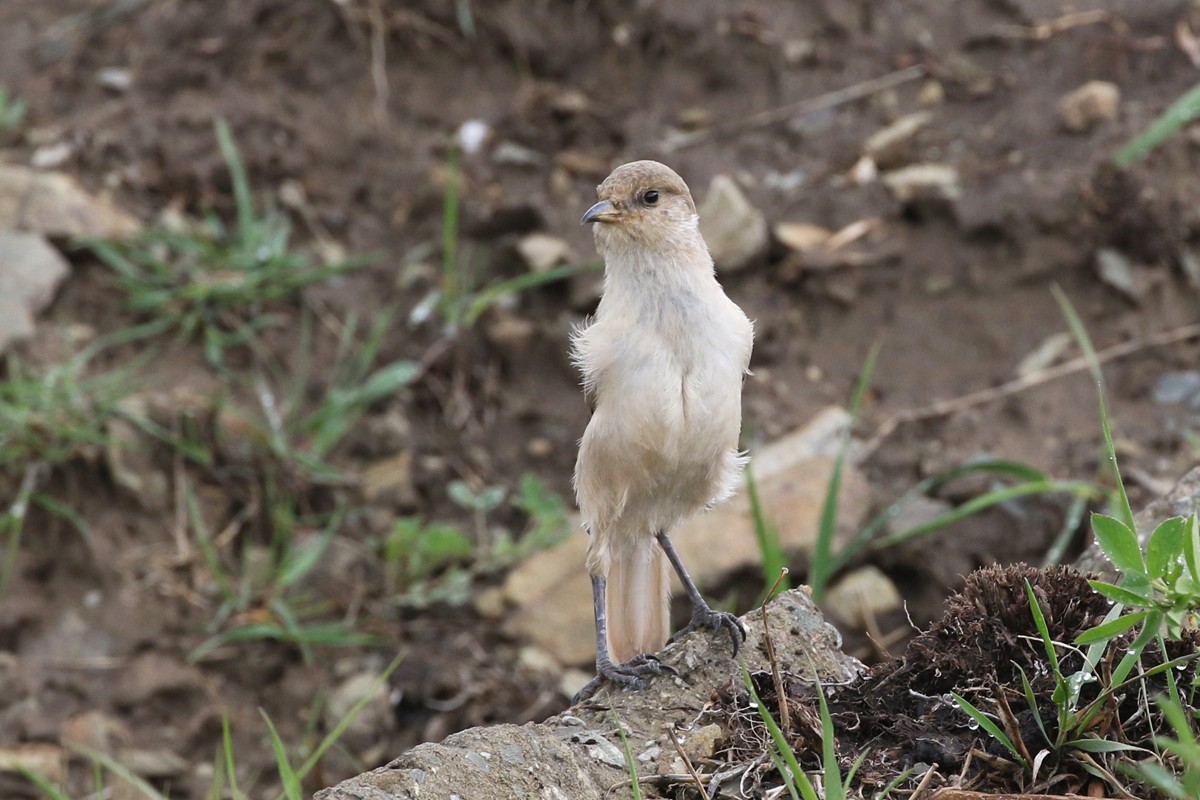Ground Tit
A species of Ground Tit, Also known as Tibetan Ground-tit, Hume's Ground Jay Scientific name : Pseudopodoces humilis Genus : Ground Tit
Ground Tit, A species of Ground Tit
Also known as:
Tibetan Ground-tit, Hume's Ground Jay
Botanical name: Pseudopodoces humilis
Genus: Ground Tit
Content
Description General Info
 Photo By Charley Hesse TROPICAL BIRDING
Photo By Charley Hesse TROPICAL BIRDING Description
Pseudopodoces is somewhat similar in appearance to the unrelated ground jays (Podoces) but much smaller – about the size of a house sparrow (Passer domesticus) – and lacks any conspicuous markings. More strongly however, it resembles a wheatear (Oenanthe) in habitus, but lacks black feathers and has a strong and slightly downcurved bill resembling that of a chough (Pyrrhocorax) in shape (though not in colour). Its soft, lax body plumage is extremely cryptic in its natural habitat. The underside is a greyish-fawn in colour, with a tawny hue. The upper parts are mostly a darker fawn-brown, with the central rectrices and the primary remiges a little darker still; the head is colored like the underside, with a darker cap and light nape patch, somewhat reminiscent of some tits and chickadees, especially those from the genera Parus sensu stricto and Periparus. The bill, legs and feet are black. Males and females look alike. The voice is described as a plaintive whistling, cheep-cheep-cheep-cheep and it also has a two syllable finch-like call. 
Size
20 cm
Nest Placement
Ground
Feeding Habits
Ground Tit primarily consumes small invertebrates and larvae, foraging solo or in pairs, sometimes in small groups. They probe in earth, yak dung, and animal remains, showing a preference for ground feeding with hopping movements, and have a weak, fluttering flight.
Habitat
Ground Tit is typically found in treeless steppe environments characterized by expansive grassy plains and rocky hills interspersed with sparse, stunted shrubbery. These birds frequently inhabit areas that are utilized as yak pastures and are often found in proximity to human settlements, including monasteries, within the broader geographical regions of the southwestern Chinese plateaus and the Himalayan highlands.
Dite type
Granivorous
General Info
Feeding Habits
Bird food type

 Photo By Charley Hesse TROPICAL BIRDING
Photo By Charley Hesse TROPICAL BIRDING